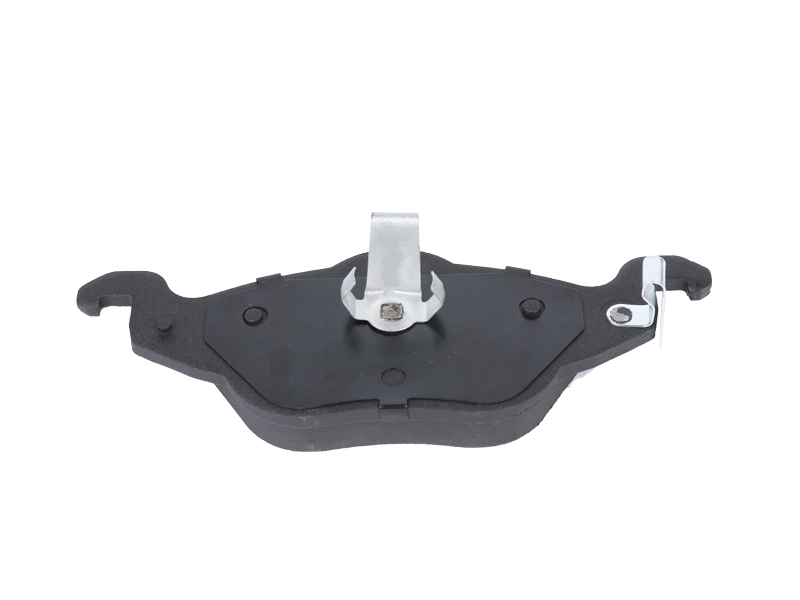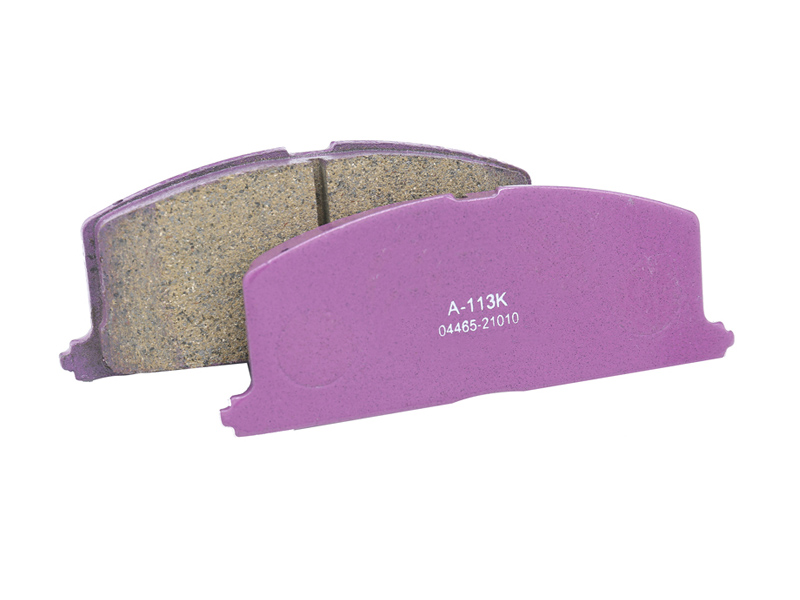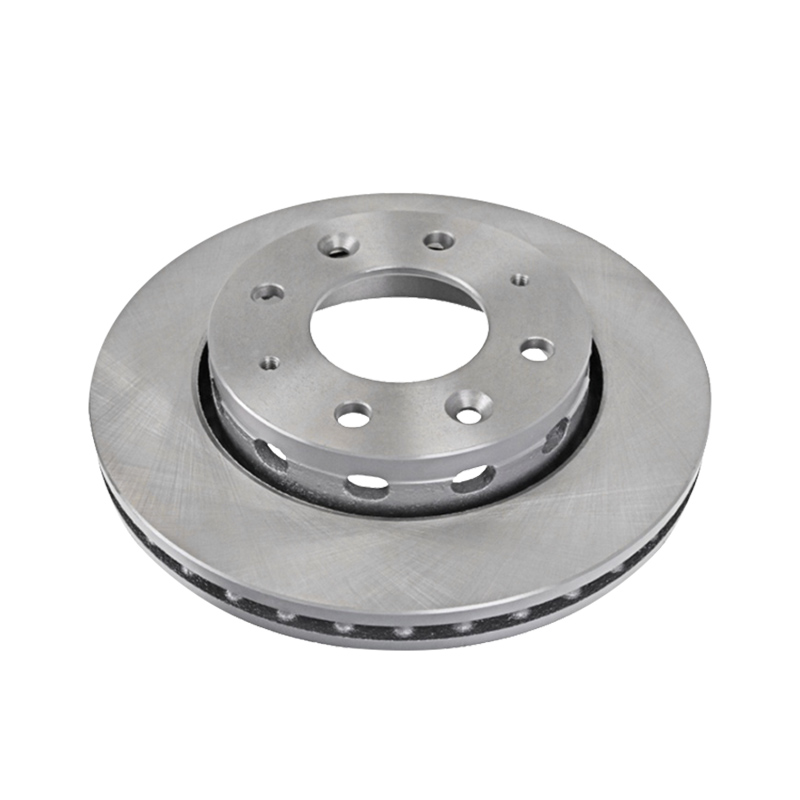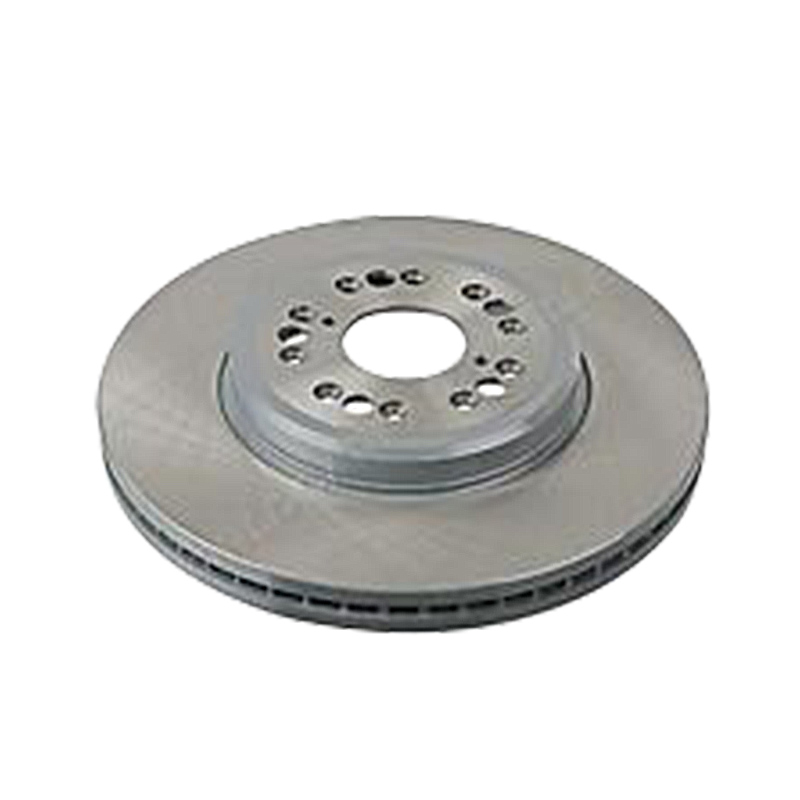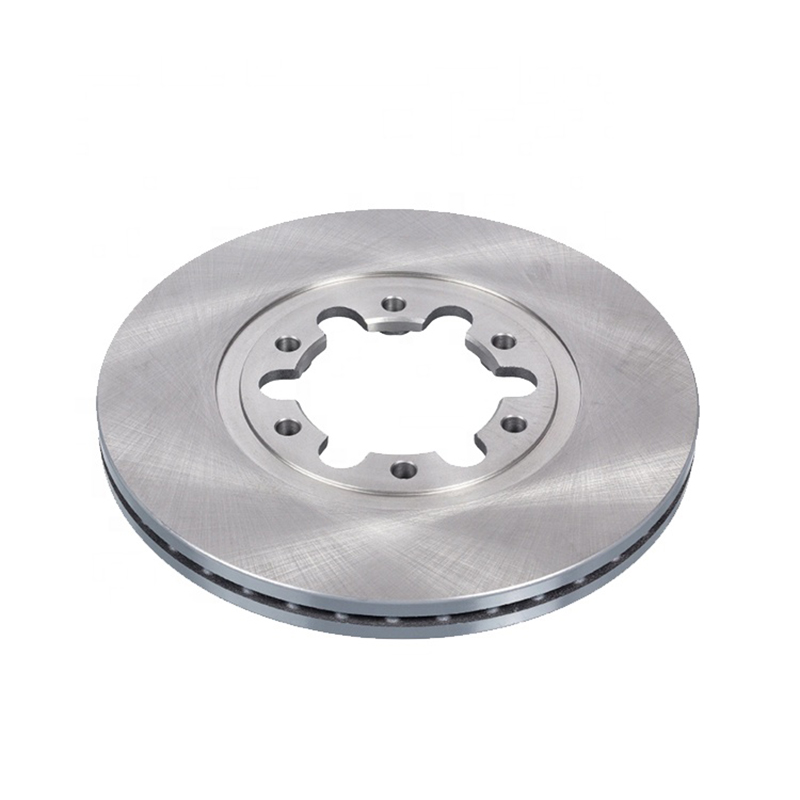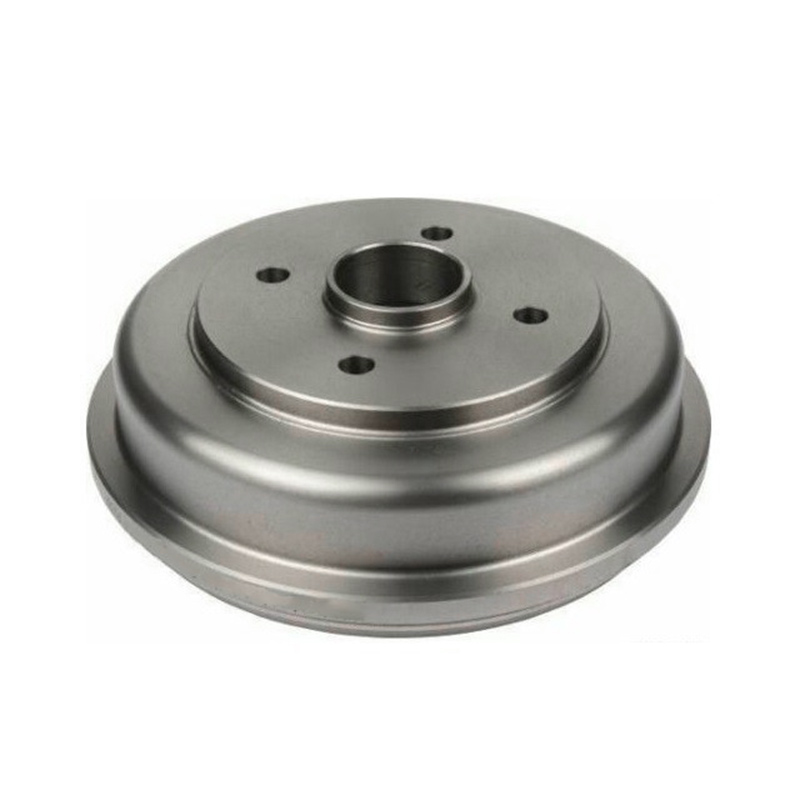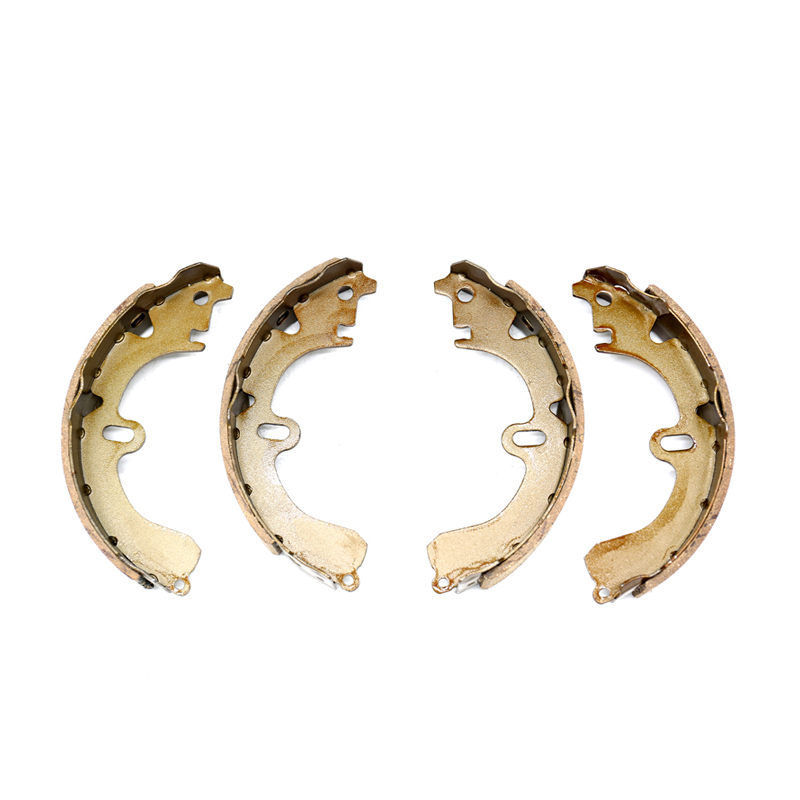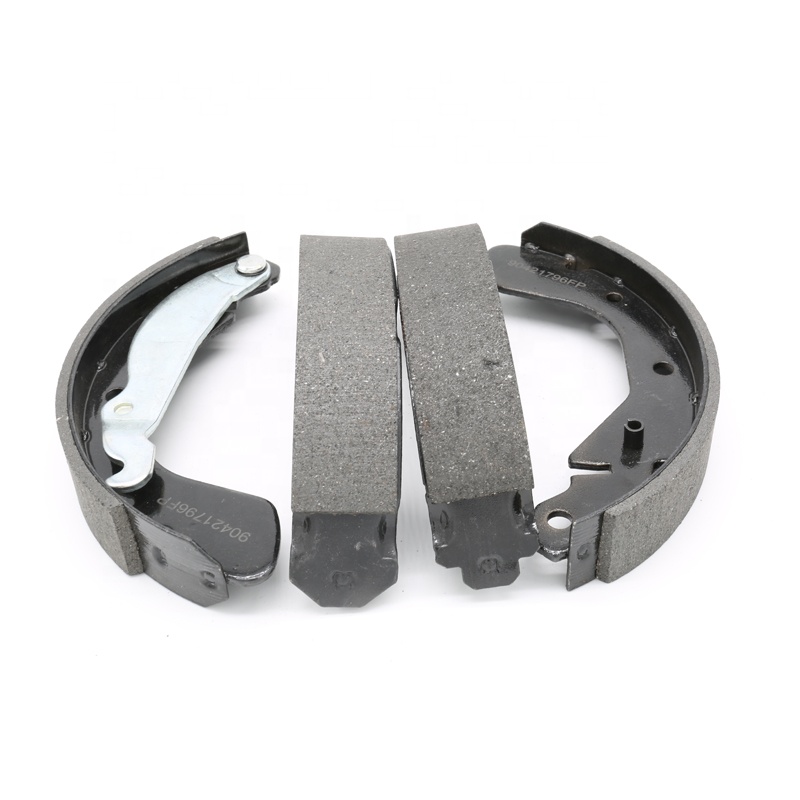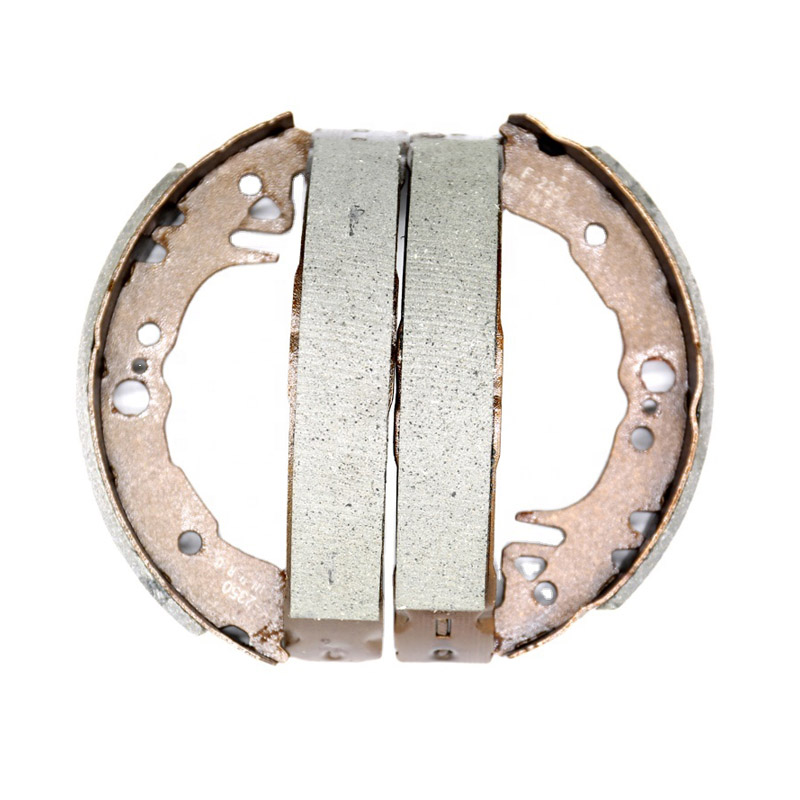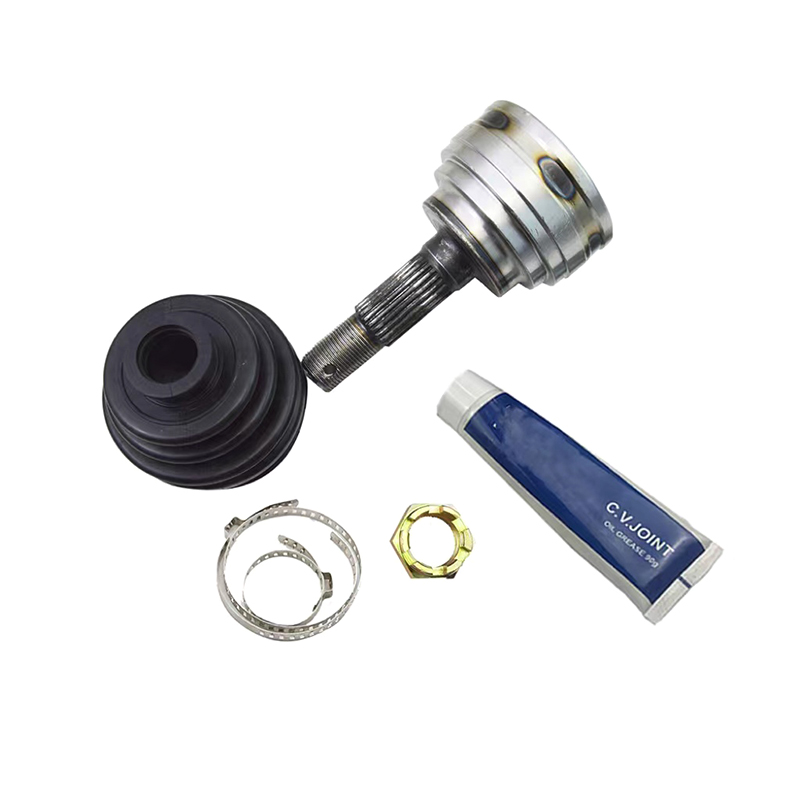Recognizing the signs of failing or worn-out
shock absorbers is crucial for maintaining vehicle safety, stability, and ride comfort. Here are common signs that indicate your shock absorbers may need attention or replacement:
Excessive Bouncing: If your vehicle continues to bounce excessively after hitting a bump or pothole, it could indicate worn-out shock absorbers. A healthy suspension system should quickly settle after encountering road irregularities.
Poor Ride Quality: You may notice a significant deterioration in ride quality, with increased vibrations, jolts, or harshness felt inside the vehicle. Worn-out shock absorbers are less effective at damping vibrations, leading to a rougher and less comfortable ride.
Uneven Tire Wear: Worn-out shock absorbers can contribute to uneven tire wear patterns, particularly on the edges of the tires. Reduced stability and increased bouncing can cause the tires to make inconsistent contact with the road surface, resulting in accelerated tire wear.
Excessive Nose Diving or Squatting: When braking or accelerating, the front end of the vehicle may dip excessively (nose diving) or the rear end may sag (squatting). This indicates that the shock absorbers are no longer effectively controlling the motion of the suspension.
Swerving or Drifting During Turns: Worn-out shock absorbers can lead to reduced stability and control during cornering or turning maneuvers. You may notice swerving, drifting, or body roll as the vehicle struggles to maintain its trajectory through turns.
Fluid Leaks: Visible fluid leaks around the shock absorber body or on the ground beneath the vehicle indicate internal seal failure and hydraulic fluid leakage. Fluid leaks compromise the shock absorber's ability to dampen vibrations and require immediate attention.
Knocking or Clunking Noises: Worn-out shock absorbers may produce knocking, clunking, or rattling noises when driving over bumps or rough roads. These noises indicate loose or damaged components within the shock absorber assembly.
Increased Stopping Distance: Reduced effectiveness of the shock absorbers can lead to longer stopping distances, as the vehicle's weight shifts excessively during braking. This compromises braking performance and overall safety.
If you notice any of these signs or suspect that your shock absorbers may be worn out, it's essential to have them inspected by a qualified mechanic. Prompt replacement of worn-out shock absorbers helps maintain vehicle stability, ride comfort, and safety on the road.

